Introduction In the fast-paced field of industrial automation, reliability and precision are always the core requirements in system design. The ABB YXU202A 3ASD510001C10 control module has become a key component to ensure the efficient operation of various industrial processes. Designed to meet the high standards of modern automation systems, the module can optimize system functions, reduce downtime, and support flexible control strategy implementation. Compact design and performance characteristics The YXU202A 3ASD510001C10 module adopts a compact design, which is easy to integrate quickly without major changes to the existing architecture. Despite its small size, the module integrates advanced control algorithms and powerful processing capabilities to achieve fast response and accurate data processing. Its hardware architecture supports high-speed signal transmission and can adapt to a variety of input/output configurations. Whether it is applied to continuous production lines or in discrete control scenarios, the module can be flexibly adapted. In addition, its excellent heat resistance and rugged housing material enable it to operate stably even in harsh industrial environments. The module also has built-in real-time diagnostics and error detection functions, which help operators identify potential problems before failures occur, thereby greatly improving maintenance efficiency and extending system uptime. Seamless communication and system integration capabilities Another major advantage of the YXU202A 3ASD510001C10 module is its excellent communication and integration capabilities. It is compatible with a variety of industrial communication protocols including PROFIBUS, MODBUS and Ethernet/IP, ensuring barrier-free interconnection in various control systems and network architectures. When integrated into ABB's 800xA control platform or similar systems, the module is not only a node for data transmission, but also an intelligent component involved in decision-making. The data exchange between it and the upper-level system is almost delay-free, effectively ensuring high-frequency control and refined process management. In addition, the support for hot-swap function also adds a lot to it, making it possible to complete replacement and maintenance under the premise of uninterrupted system operation, which is particularly suitable for industrial environments that require 24-hour operation. Widely used in multiple industries The high adaptability of the ABB YXU202A 3ASD510001C10 control module enables it to be widely used in multiple industrial fields. In the petrochemical industry, the module is used to control flow and monitor complex chemical reaction processes; in the power industry, it is used to coordinate turbine control systems and achieve load balancing. In the field of water treatment, it can achieve precise control of water pumps and filtration systems, improve resource utilization, and ensure the achievement of env...
Read More
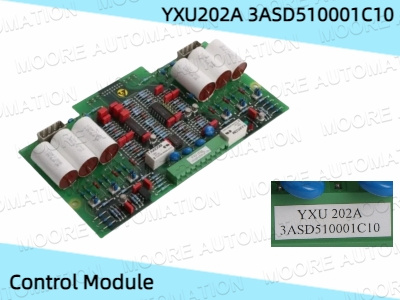
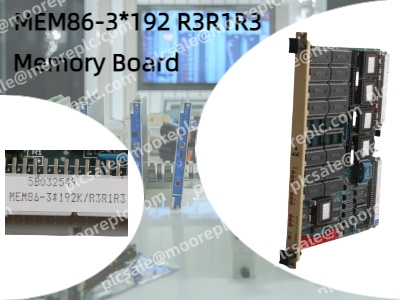
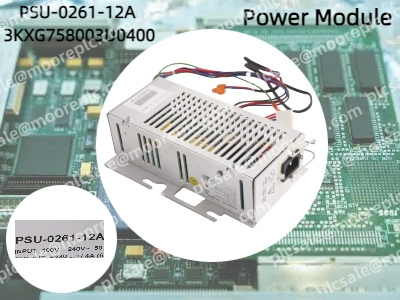
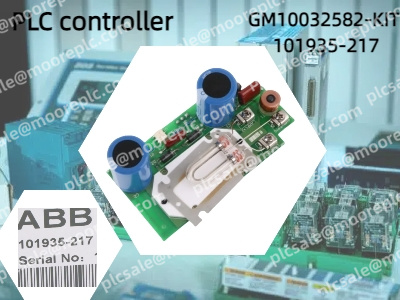
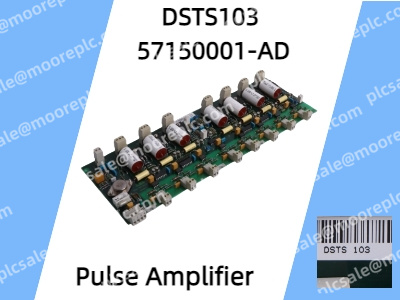
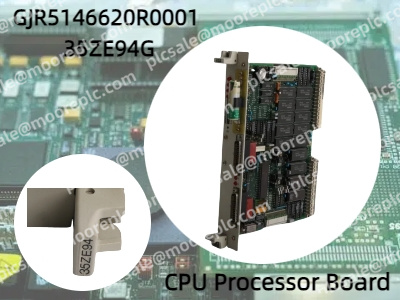
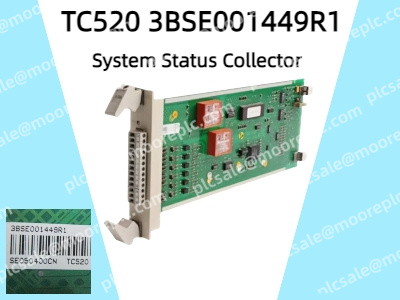
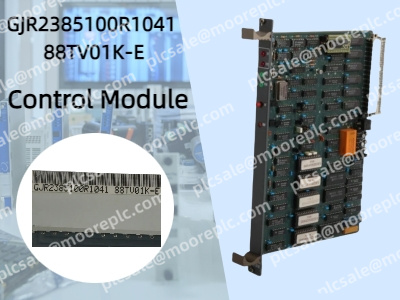
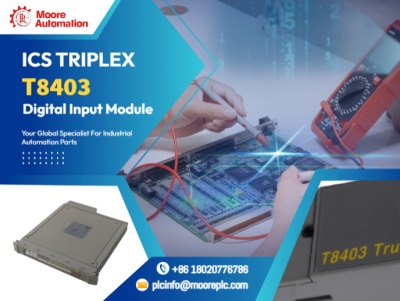

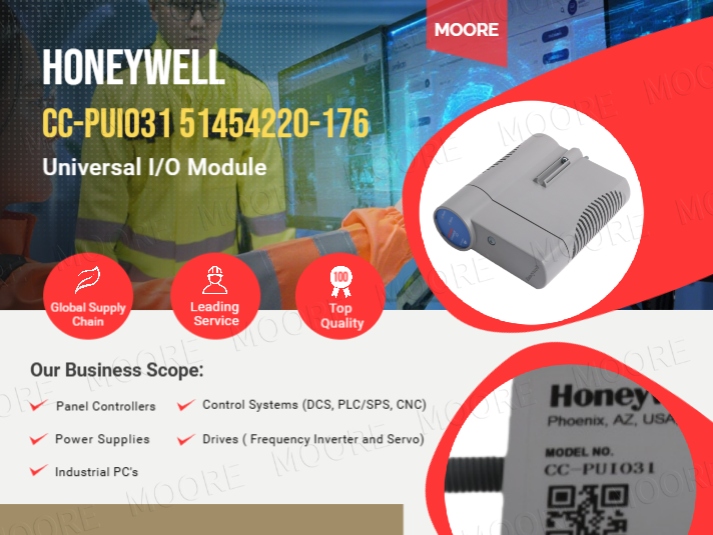
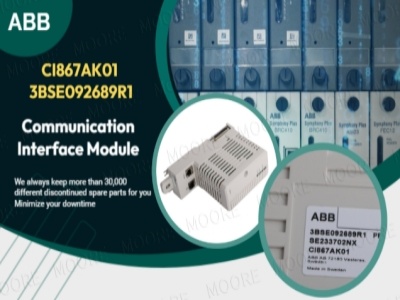












 IPv6 network supported
IPv6 network supported